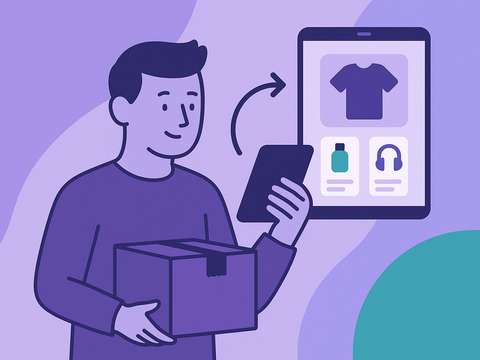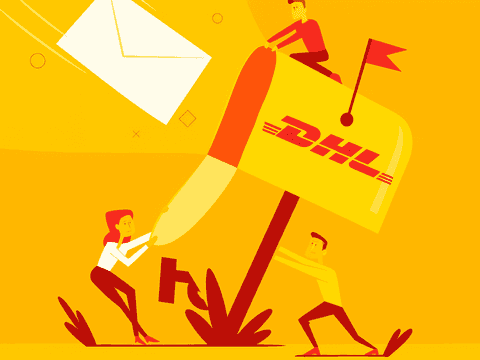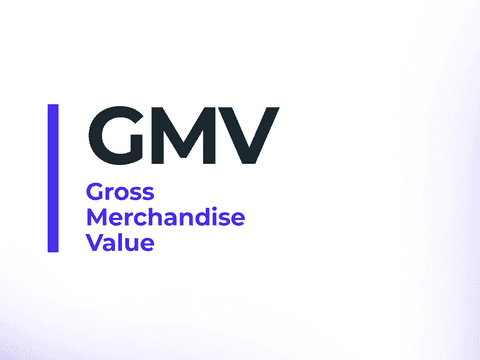Developing a potent tech stack is essential to adapting your eCommerce to evolving customer needs and to increaseing profitability. However, while vital, investing in technology requires some prior research.
With this article, we will show you how to build the best eCommerce tech stack possible.
What is a technology stack or tech stack
A technology stack is the combination of software or computer solutions that an online store integrates to enhance its operational capabilities.
The purpose of this technological ecosystem is to streamline processes and assist work teams in becoming more efficient. It encompasses all areas and departments, from web development to eCommerce logistics management.

Parts of a tech stack
A tech stack consists of two parts:
- Front end: comprised of the components involved in the visual representation of the device or web browser, the part that faces the client
- Back end: on the server side, referring to everything that is behind what is visible, the backbone of the online store
How to build the best eCommerce tech stack
If you want to build the best ecommerce tech stack, you should do the following:
1. Define your goals and objectives
Before selecting the tools, it is crucial that you have defined your medium and long-term goals. Keep in mind that acquiring software is expensive and time-consuming, so you should plan for the future.
2. Determine the order of integration
A phased implementation of tools is often the most efficient option. In addition to the financial investment, integrating many software programs simultaneously can lead to internal issues. You should prioritize the technology that is most crucial for your operations.
3. Considering the customer experience
Your technological ecosystem has a direct impact on your customer's shopping experience. If you want to achieve success, don't just think about reducing costs or increasing productivity; you must integrate software that enhances customer service and promotes customer loyalty.
4. Ensure compatibility
It's crucial that the applications in your technology stack are compatible with each other and enable an effective flow of information. When researching software, inquire about integration times and API information. If the integration time is lengthy, also consider the opportunity cost.
5. Evaluate the real ROI of building your own tech stack
First, you must calculate the total implementation and maintenance costs over time. Then, determine how this stack will improve operational efficiency, productivity, and ultimately, the company's revenue.
Not always is the cheapest option the most profitable. Paying less for incomplete solutions that don't truly address your issues or lack scalability options can be very detrimental to your return on investment.

Key Tools in an eCommerce Tech Stack
Each of the following solutions plays a critical role in managing an online store. Check them out to build the best tech stack for your eCommerce.
1. E-commerce Platform
An e-commerce platform is the central software that allows you to create and manage an online store. It provides essential features such as product management, shopping carts, payment processing, and order management.
List of top e-commerce platforms.
2. Customer Relationship Management System
Customer Relationship Management System (CRM): A CRM allows you to manage customer interactions, track sales, automate marketing, and enhance customer service. It helps build strong relationships with buyers.
3. Fulfillment and Logistics
Logistics and fulfillment management software are used to efficiently optimize and control storage, transportation, and product distribution operations. They are essential for companies seeking to maintain an effective and competitive supply chain.
4. Payment Gateway
Payment gateways facilitate the acceptance of online payments from customers. They enable secure transactions and often integrate with various payment methods such as credit cards, PayPal, Apple Pay, etc.
5. Order Tracking Tools
Order tracking tools collect and analyze data on visitor behavior on your website. They provide valuable insights into your store's performance and the effectiveness of your marketing strategies.
List of the best track and trace solutions.
6. Customer Support
A customer service tool in eCommerce is an application or platform designed to facilitate communication between customers and businesses. It allows for managing inquiries, resolving issues, and providing real-time assistance through chats or notifications
List of the best customer support tools.
7. Exchanges and Returns Management
This type of software simplifies the process of managing product changes and returns requests. It enables customers to submit requests, track the status of their requests, coordinate product returns, and efficiently receive refunds or replacements.
List of the best return management software for eCommerce
Example of an efficient and inefficient technological stack
When building your own ecommerce tech stack you can opt for:
A) High-maintenance tech stack
Let's look at an example of an online store that uses many disparate tools. This is the least efficient option, as maintaining many software simultaneously is more costly and can lead to compatibility issues.
- eCommerce platform (Shopify)
- Customer management (Hubspot)
- Digital marketing (Mailchimp)
- Customer support (Gorgias)
- Shipment tracking (Sendcloud)
- Logistics (Packlink)
- Returns (ReturnGo)
B) Low-maintenance stack
This option is much more efficient. It integrates comprehensive solutions to manage a significant portion of operations. In this case, we will look at a tech stack of a store that uses Outvio for its post-sales.
- eCommerce Platform (Shopify)
- Customer Management (Hubspot)
- Digital Marketing (Mailchimp)
- Customer support, Logistics, Shipment tracking, Returns, Exchanges (Outvio)
As you can see, the second option requires much fewer software tools to maximize its results. By choosing Outvio to optimize all your post-purchase operations, you are able to avoid integrating other solutions and minimise risk and cost associated with it.
Conclusion
Building the best eCommerce tech stack is a crucial investment for long-term success. By understanding your needs and selecting the right technologies, you can maintain a much more efficient operational level focused on the customer experience.
Remember to thoroughly review each tool to create the best technological stack and to start making your eCommerce profitable as soon as possible.




